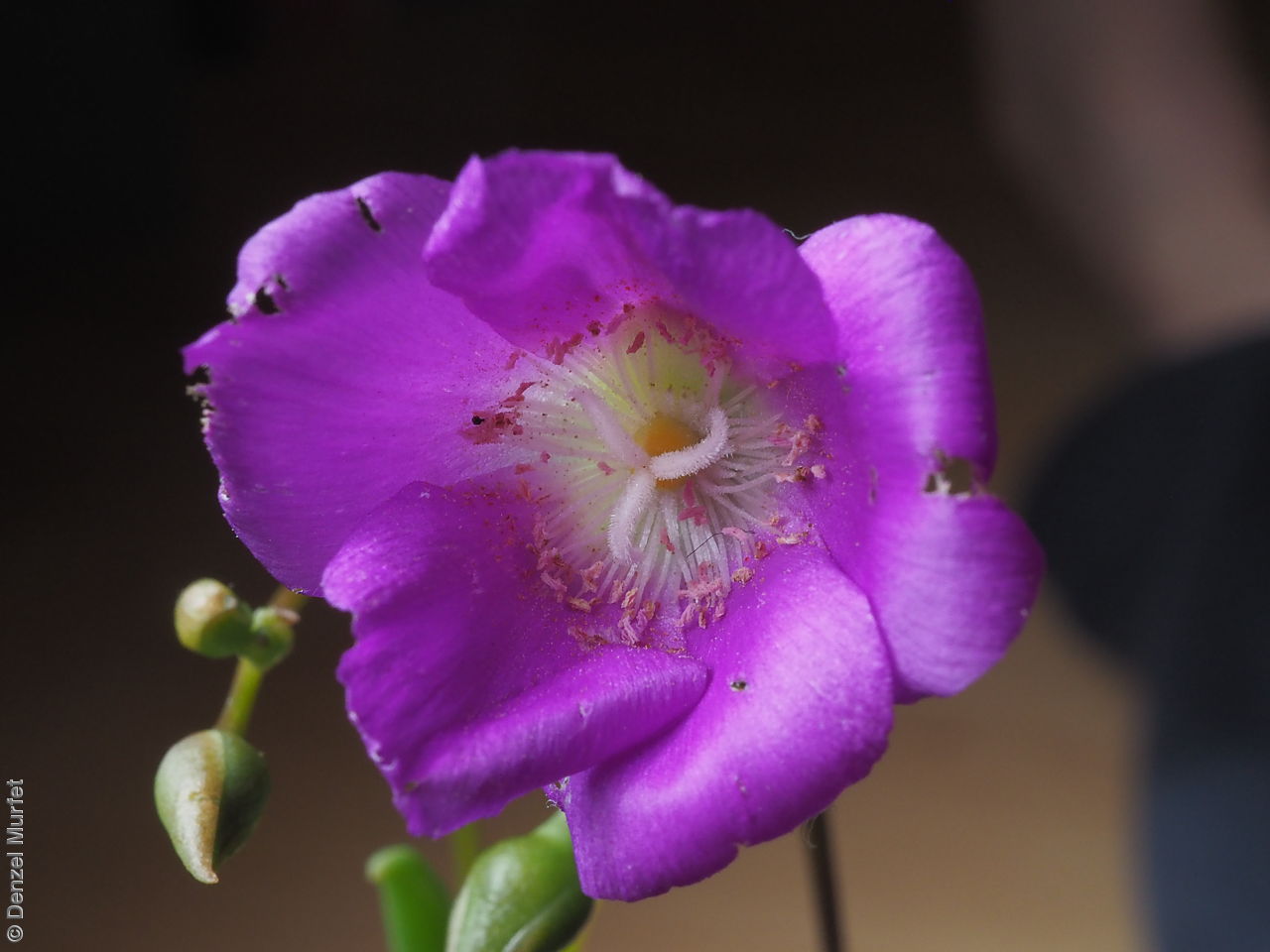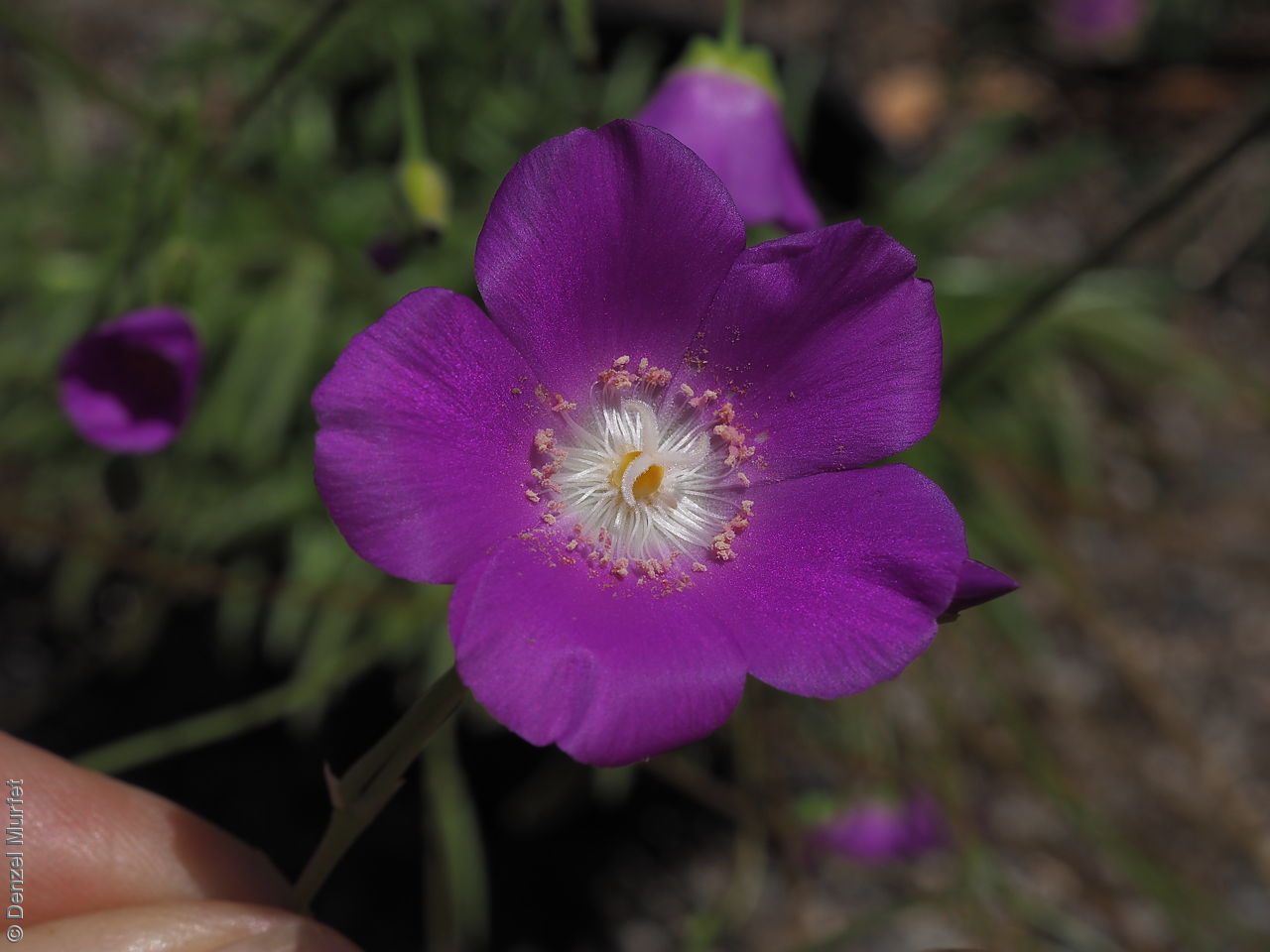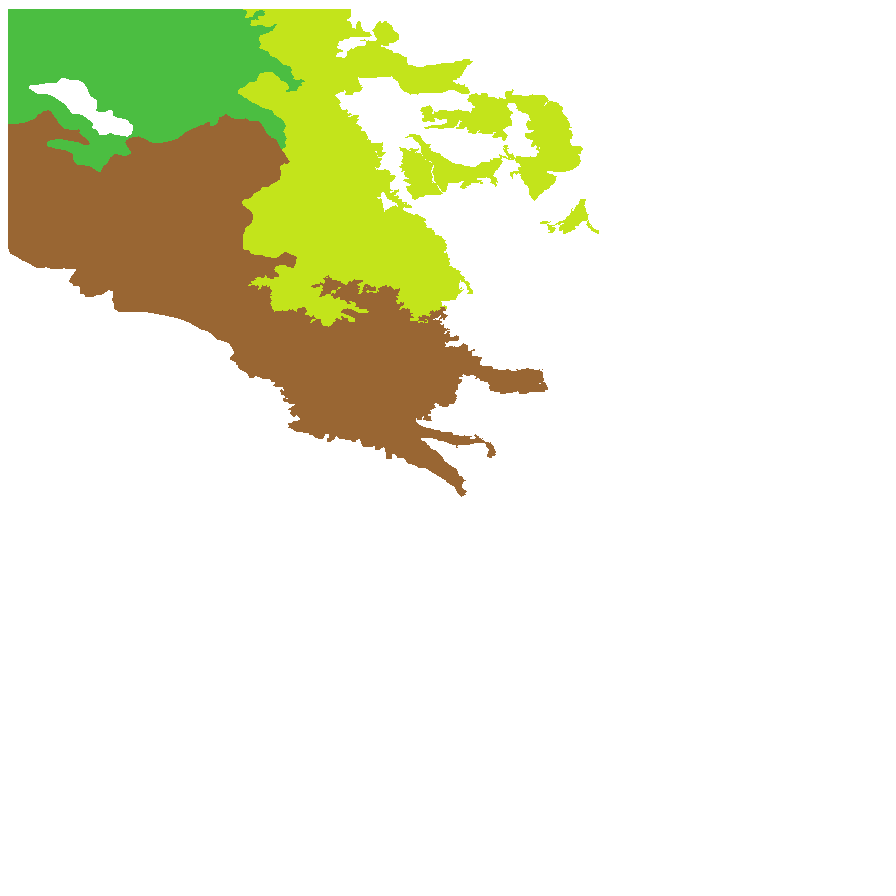


















Prior names
Parakeelya reticulata
Etymology
Calandrinia named after Jean-Louis Calandrini (1703-1758), a Swiss scientist, professor of mathematics and philosophy. Reticulata from the Latin 'reticulum' meaning a small net, referring to the texture of its seeds.
Distribution and status
Found in the central and north-western part of South Australia growing on sandplains and low sandy rises, dunefields, and mulga-dominated sandy red earth plains. Also found in Western Australia and the Northern Territory. Native. Common in South Australia. Common in the other States.
Herbarium regions: North Western, Lake Eyre, Gairdner-Torrens
NRM regions: Alinytjara Wilurara, South Australian Arid Lands
AVH map: SA distribution map (external link)
Plant description
Annual herb with branched basal stems and an erect flower stem to 30 cm high arising from separate leaf clusters. Leaves in clusters at each node, sessile, linear to linear-lanceolate,to 60 mm long and 5 mm wide. Inflorescence singular, large dark-pink to purple flower on a long stem. Flowering between August and October. Fruits are pale brown ovoid capsule to 8 mm long, with 3-valves, exceeding the usually long. spreading sepals Seeds are shiny red-brown reniform-ovoid seed to 0.5 mm long and 0.4 mm wide, with a faint reticulate surface. Seed embryo type is peripheral.
Seed collection and propagation
Collect seeds between October and December. Collect mature capsules, those that are turning a brown colour and contain dark seeds. Place the capsules in a tray and leave to dry for one to two weeks. Then rub the capsules gently by hand to dislodge the seeds. Use a sieve to separate the unwanted material. Store the seeds with a desiccant such as dried silica beads or dry rice, in an air tight container in a cool and dry place.